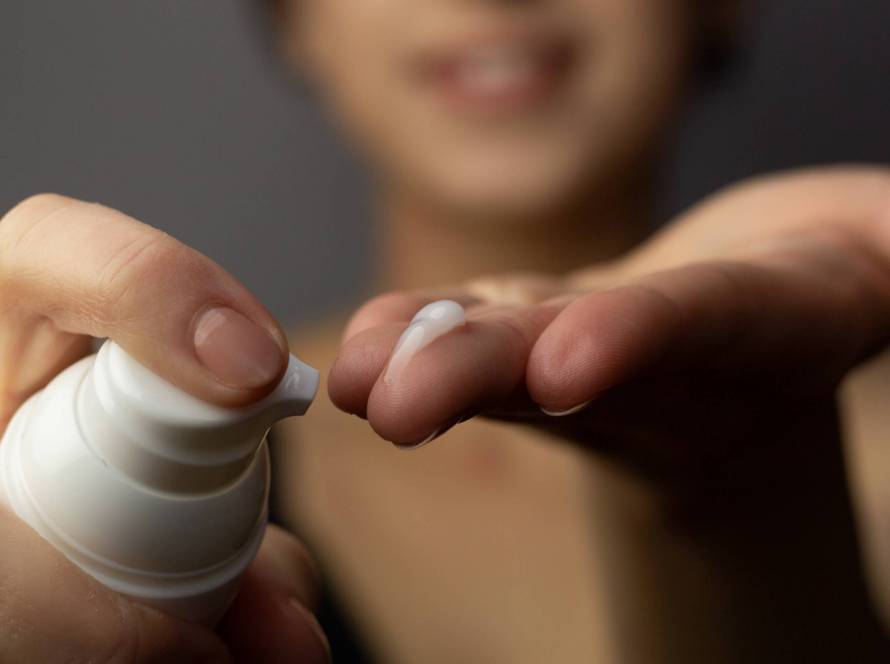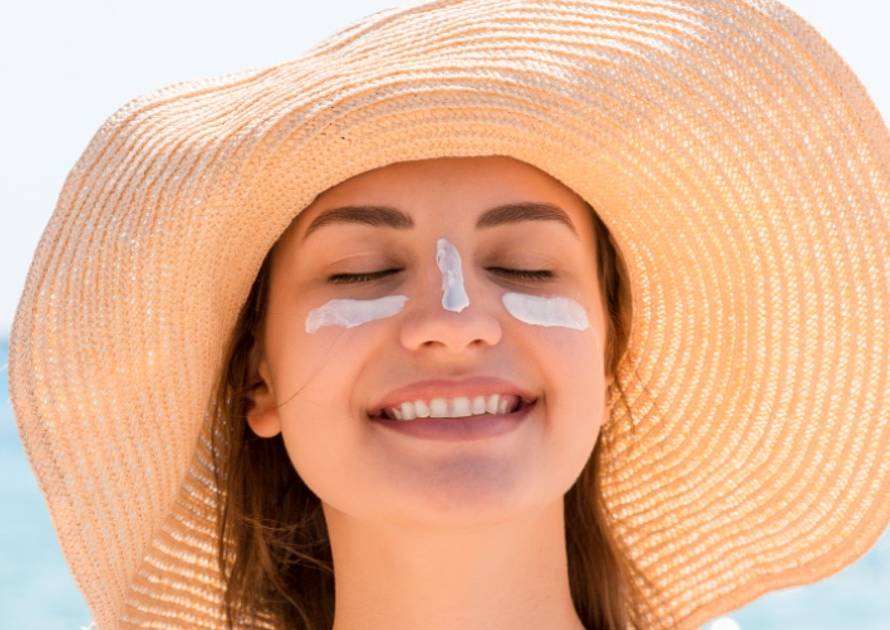There are many ways to categorize your skin type, based on many factors such as the color or shade, the ability to burn, and the amount of oil secretion (oily, dry, or combined skin).
Why It’s Important to Know Your Skin Type
Because when you figure out your skin type, it becomes easier for you to choose your skincare routine products, you can know the risks of dermatological problems you might have, and how to protect your skin. In addition, it can help the doctor determine your settings for many procedures done at the clinic.
One of the best classifications for skin types is the Fitzpatrick classification. The Fitzpatrick skin type is a scientific skin type classification which describes a way to classify the skin by its reaction to exposure to sunlight, and the amount of pigment (melanin cells) in the skin.
What Are the Different Skin Types According to Fitzpatrick?
This classification might help you determine what skin type you are, and therefore, how you should treat and take care of your skin. If you don’t meet all of the characteristics of any type, go with the one that best describes you. The Fitzpatrick scale categorizes skin types from 1 to 6.
Fitzpatrick skin type 1
People who have skin type 1 have very light skin, colored eyes, red or blonde hair. As for the skin’s reaction to sun exposure, it would always freckle, burn and peel, and it can never tan.
Fitzpatrick skin type 2
Skin type number 2 people usually have fair or pale skin. Their eye colors are usually blue, gray, or green. Moreover, their natural hair color is often blonde. As for their skin’s reaction to sun exposure, it usually freckles, burns and peels, and rarely tans.
Fitzpatrick skin type 3
People whose skin falls under skin type 3 usually have fair to beige. Their eye color would usually be hazel or light brown. As for their hair color, it is often dark blonde, or light brown. Their skin’s reaction to sunlight exposure is that it doesn’t really freckle, it burns rarely, and tans often.
Fitzpatrick skin type 4
Skin type 4 people would usually have olive or light brown colored skin before sun exposure. Their eye color is usually dark brown, and their natural hair color is dark brown. As for their skin’s reaction to sunlight, it usually doesn’t freckle, it rarely burns, and it often tans.
Fitzpatrick skin type 5
People who belong to Fitzpatrick skin type 5 would usually have dark brown skin color before sunlight exposure. Their eye color is dark brown to black. Their natural hair color is usually dark brown to black. When exposed to sunlight, it almost never burns, and it always tans.
Fitzpatrick skin type 6
This Fitzpatrick skin type is usually deeply pigmented dark brown to darkest brown before sun exposure. People who fall under this skin type usually have black eyes, and their natural hair color is black. As for their skin reactions to sunlight exposure, it never freckles, it never burns, and it always tans darkly.
Risks Associated with Each Skin Type
After figuring out your skin type, you need to try to explore the associated dermatologic problems.
Skin types 1 and 2
There is a high risk of sun damage, which can lead to:
- Burning
- Rosacea
- Signs of aging
- More freckles forming
- Skin cancer
People with skin types 1 and 2, usually those with very fair skin, should take extra precautions to protect their skin. For instance, they should use a broad-spectrum mineral sunscreen with an SPF of at least 30 or more. A broad-spectrum physical (mineral) sunscreen protects from both UVA and UVB rays. Moreover, it is best for people with this skin type to avoid sun exposure as much as possible and wear protective clothing that reflects the sun’s rays.
Skin types 3 and 4
People who fall under skin types 3 and 4 can usually have their skin burned by sun exposure, but it can also tan. It is important to mention that the risk of skin cancer, for people with skin types 3 and 4, due to sun exposure is lower than it is for those with type 1 and 2 skin, but there is still a risk.
Skin types 5 and 6
The risk for skin cancer and sunburns is minimal. However, you still need to avoid direct sun exposure. This skin type has more risk of developing post-inflammatory hyperpigmentation. It can also represent a challenge for laser settings as they can burn easily from the laser.
Bottom Line
Fitzpatrick skin types can help you determine your risk of skin cancer depending on how the skin type reacts to sun exposure. Overall, the risk of skin cancer is higher for people with type 1 or 2 skin (that is people with very fair skin). However, remember that skin cancer can affect any skin type, no matter how dark, and exposure to direct sunlight increases the risk.
Everyone should check their skin regularly with a dermatologist, including areas where the sun does not reach. People should see a doctor if they notice any unusual changes or growths.



